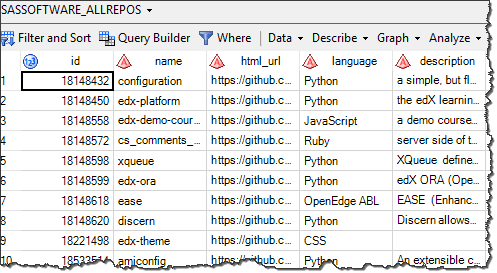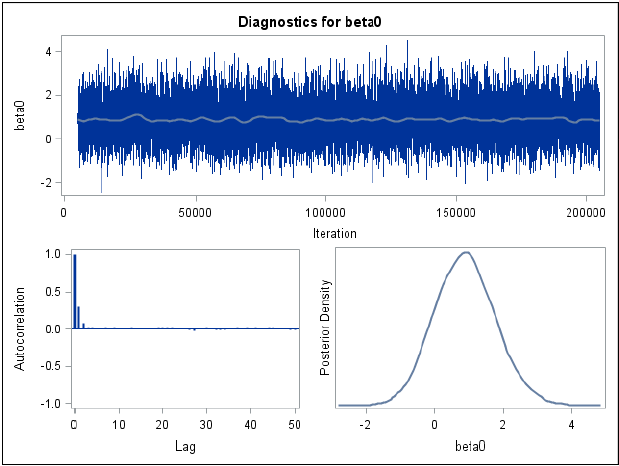The SAS Dummy
A SAS® blog for the rest of us
Every day before I even wake up, I have little "SAS robots" that do work for me. These are SAS batch jobs that gather data from external services and build data marts, generate reports, and send e-mail. One of those SAS jobs gathers Google Analytics data about our SAS blogs

Thanks to a new open source project from SAS, Python coders can now bring the power of SAS into their Python scripts. The project is SASPy, and it's available on the SAS Software GitHub. It works with SAS 9.4 and higher, and requires Python 3.x. I spoke with Jared Dean

Did you know that PROC SQL captures the record count for a result set in a special automatic macro variable? When you create a subset of data to include in a report, it's a nice touch to add a record count and other summaries as an eye-catcher to the report

Colors are the subject of many romantic poems and songs, but there isn't much romance to be found in their hexadecimal values. With apologies to Van Morrison: ...Skipping and a jumping In the misty morning fog with Our hearts a thumpin' and you My cx662F14 eyed girl When it comes

At SAS, we've published more repositories on GitHub as a way to share our open source projects and examples. These "repos" (that's Git lingo) are created and maintained by experts in R&D, professional services (consulting), and SAS training. Some recent examples include: sas_kernel, which provides Jupyter notebook support for SAS.

TL; DR Free training from SAS: "SAS Programming for R Users." Check the available Live Web offerings and register for one that fits your schedule. Or use the free e-Learning version and learn at your own pace. The complete course materials are on the SAS Software GitHub space and you
